This collection includes towns established above 3,000 meters altitude, mainly located in the Andes and on Asian highlands. These urban centers house several million inhabitants who live daily under conditions where oxygen is scarce. La Rinconada in Peru reaches 5,300 meters, making it the highest city in the world, while La Paz in Bolivia, at 3,639 meters, has over 1.6 million residents. Sites with historical significance such as Potosí in Bolivia, founded in the 16th century for its silver mines and now a UNESCO World Heritage site, and Lhasa in Tibet, the former capital of the Tibetan kingdom with dozens of Buddhist temples including the renowned Jokhang Temple, are included. Additionally, towns like Puno in Peru or Shigatse in China demonstrate human adaptation to extreme environments, creating communities of hundreds of thousands. These destinations offer a look into Andean and Himalayan cultures shaped by elevation and provide exceptional travel experiences.

Peru
La Rinconada sits at 5,300 meters above sea level in the Peruvian Andes, making it the highest permanently inhabited settlement on Earth. This mining town developed around gold deposits found beneath the Bella Durmiente glacier. Tens of thousands of people live here under extreme conditions with thin air, freezing temperatures, and lacking basic infrastructure such as sewage systems or running water. The town's economy relies entirely on gold extraction, with many workers operating under the traditional cachorreo system: they receive no wages but are allowed to keep whatever ore they mine during one day per month.
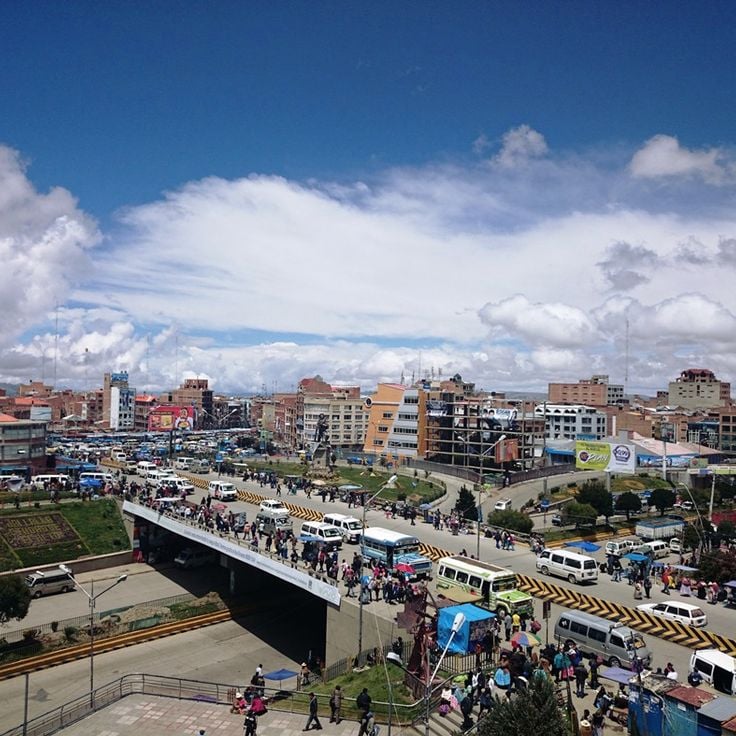
Pedro Domingo Murillo, Bolivia
El Alto sits at 4,149 meters above sea level, making it the second highest city in the world. The city evolved from a suburb of La Paz and gained its administrative independence in 1985. Today, El Alto has a population of nearly one million inhabitants, predominantly from the indigenous Aymara community. The city serves as a major commercial hub and hosts the international airport that serves La Paz. El Alto continues to experience significant population growth due to migration from rural areas of the Altiplano.

Bolivia
Potosí was founded in 1545 at the base of Cerro Rico and became the wealthiest city in the Americas. The city sits at 4,090 meters elevation and served as the center of Spanish silver production. The mines of Cerro Rico supplied silver for centuries, financing Spain's colonial economy. The historic center preserves colonial architecture including churches, convents, and mansions from the 16th and 17th centuries. The Santa Teresa Convent displays religious art and colonial life. The Casa de la Moneda, the royal mint, documents the history of silver processing and coin production.
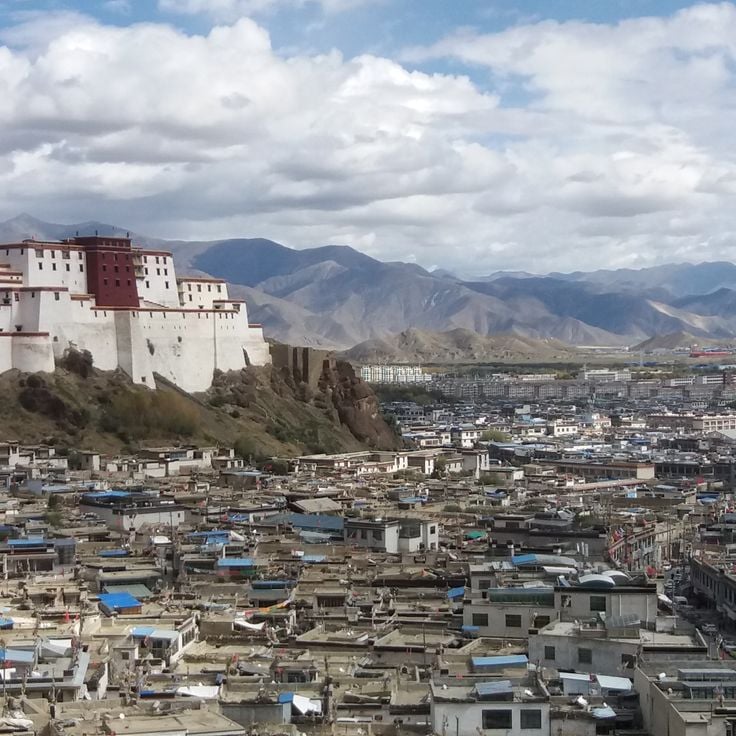
Tibet, China
Shigatse is Tibet's second city with 700,000 inhabitants, located at 3,840 meters altitude at the confluence of the Yarlung Zangbo and Nianchu He rivers. The city houses Tashilhunpo Monastery, founded in 1447 by the first Dalai Lama and serving as the traditional seat of the Panchen Lamas. The monastery complex includes several prayer halls, a 26-meter gilded statue of Maitreya Buddha, and numerous religious artworks. Shigatse functions as the administrative and economic center of the prefecture of the same name and serves as a gateway to Mount Everest and Nepal.
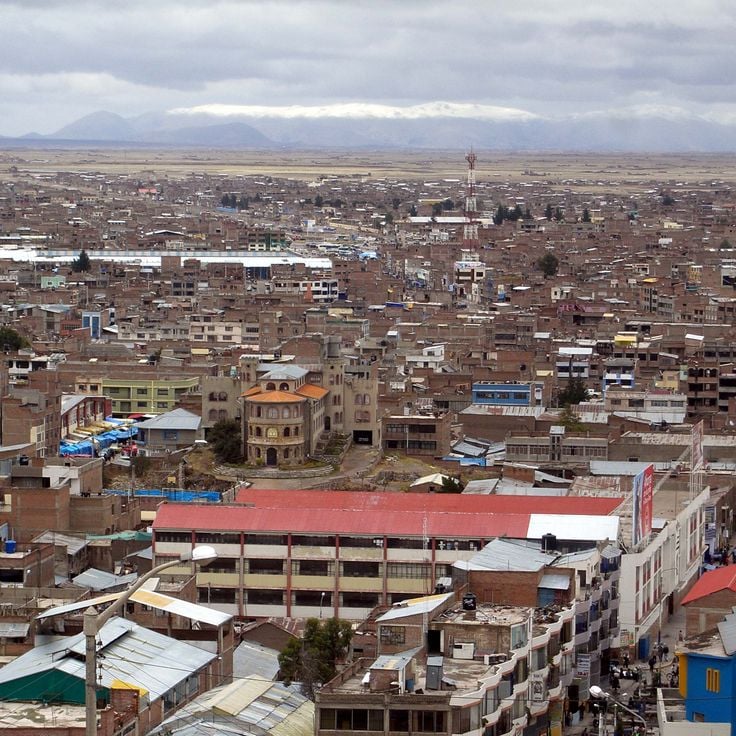
San Román, Peru
Juliaca sits at an elevation of 3,825 meters in the Andean highlands and serves as the capital of San Román Province. The city has a population exceeding 200,000 inhabitants and functions as a major commercial hub for agricultural products, textiles, and regional goods. Its proximity to Lake Titicaca positions it as a key transit point for trade between Peru and Bolivia. Residents have adapted to high-altitude conditions where oxygen scarcity and extreme temperature fluctuations shape daily life. The local market ranks among the largest in the region and attracts traders from various provinces.
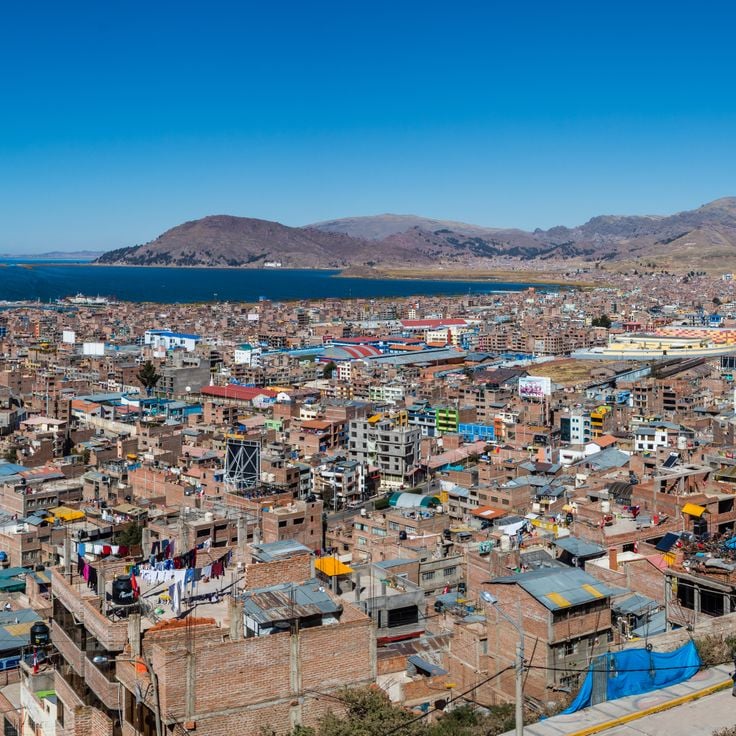
Peru
Puno sits at 3,819 meters above sea level on the western shore of Lake Titicaca and has a population of approximately 210,000 residents. The city serves as a major transportation hub between Peru and Bolivia. Puno is regarded as the birthplace of Inca civilization and maintains numerous pre-Columbian traditions. The climate is cool due to the elevation, with average temperatures ranging from 3 to 14 degrees Celsius. The city acts as the gateway for visits to the floating Uros Islands on Lake Titicaca, as well as Taquile and Amantaní islands.
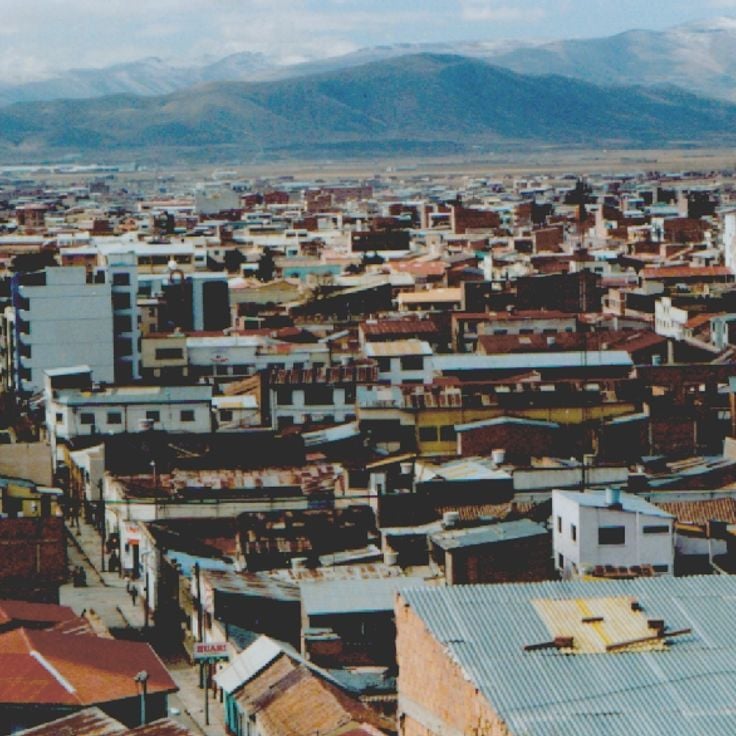
Bolivia
Oruro sits at 3,706 meters altitude on the Bolivian Altiplano and has a population exceeding 264,000 inhabitants. The city was founded in the 17th century to exploit the rich silver deposits of the region. Before Spanish colonization, this location served as a ceremonial center for indigenous peoples. Today, Oruro functions as an administrative and commercial hub for the department, with an economy still anchored in mining activities. The city hosts several universities and serves as an important transportation junction connecting La Paz with southern regions of Bolivia.
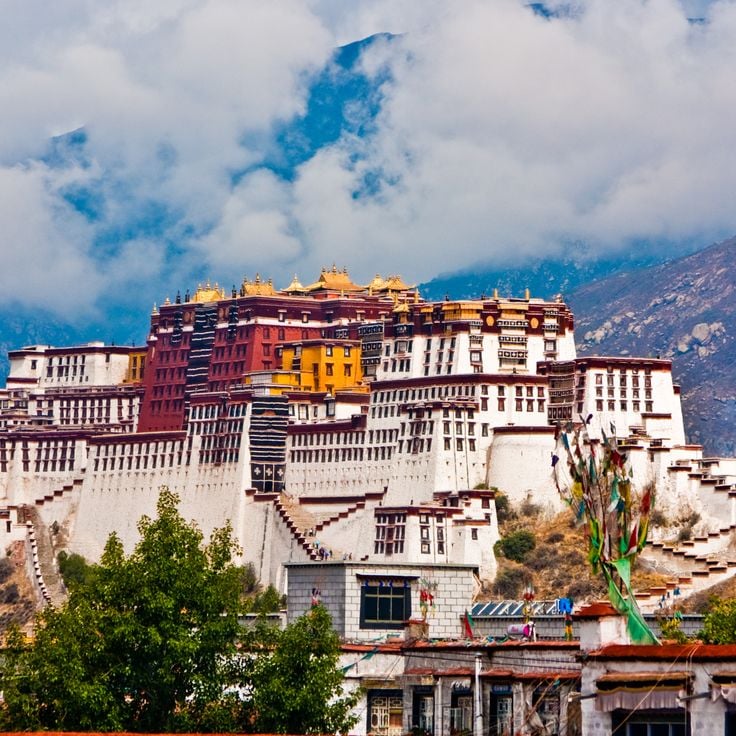
Tibet, China
Lhasa served for centuries as the political and religious center of Tibet. The city sits at 3,658 meters elevation in the Kyichu River valley and now houses over 550,000 residents. The 7th-century Jokhang Temple forms the spiritual heart of the city, drawing Buddhist pilgrims daily. The historic old town centers around this temple, while modern districts have expanded in recent decades. Lhasa functions as the administrative center of the Tibet Autonomous Region, combining traditional Tibetan architecture with contemporary Chinese urban planning.
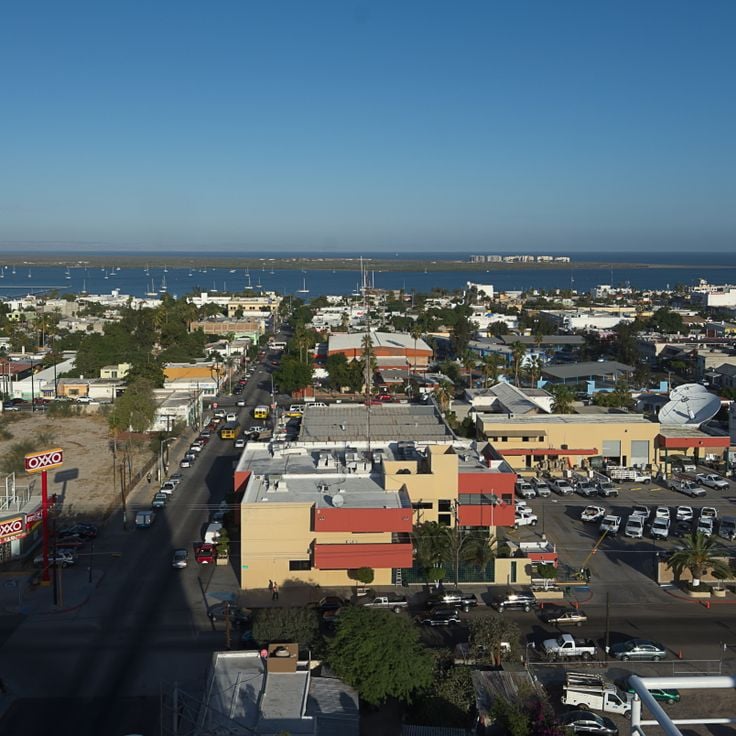
Bolivia
La Paz serves as the administrative capital of Bolivia and sits in a high-altitude valley at 3,639 meters above sea level. The city has a population exceeding 1.6 million inhabitants and ranks as the highest capital city in the world. The urban area offers views of the Illimani peaks, which reach 6,438 meters. Buildings spread across steep slopes and deep valleys, requiring particular construction and infrastructure solutions.
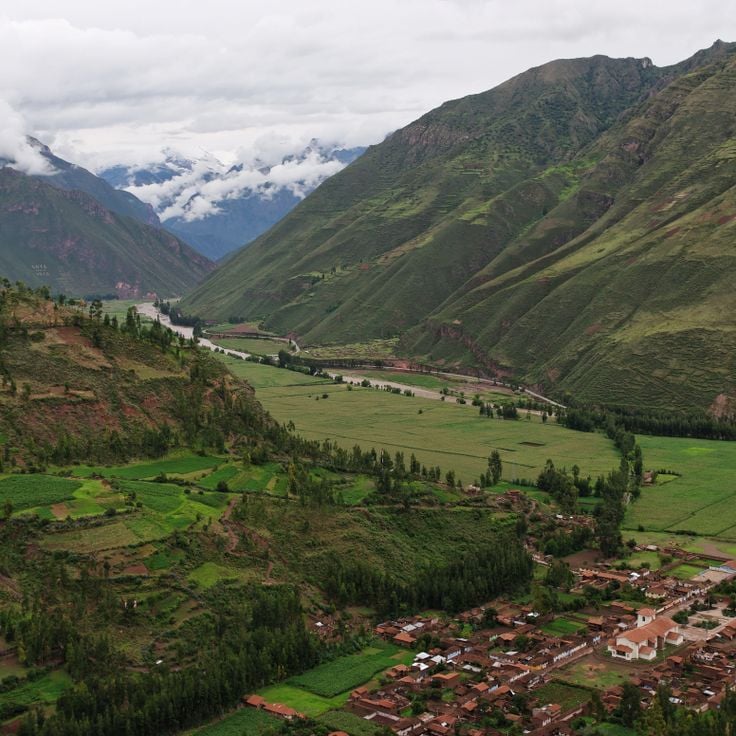
Peru
Cusco sits at 3,398 meters elevation in the Peruvian Andes and served as the capital of the Inca Empire for centuries. The city combines Inca foundations with colonial architecture from the 16th century. Visitors explore the Qorikancha sun temple, the cathedral on Plaza de Armas, and stone walls built from precisely cut blocks without mortar. The historic center holds UNESCO World Heritage status and serves as the starting point for trips to the ancient citadel of Machu Picchu.

Peru, Bolivia
Lake Titicaca sits at an elevation of 3,812 meters on the border between Peru and Bolivia. This lake covers an area of 8,372 square kilometers and represents the highest navigable body of water on Earth. The shores of Lake Titicaca support several settlements, including the Peruvian cities of Puno and Juliaca, as well as the Bolivian town of Copacabana. The water plays a central role for local populations, primarily composed of Aymara and Quechua communities. The floating islands of the Uros people, constructed from dried totora reeds, are located in the Peruvian section of the lake. Lake Titicaca contains flora and fauna adapted to extreme altitude conditions, including endemic fish species and aquatic birds.
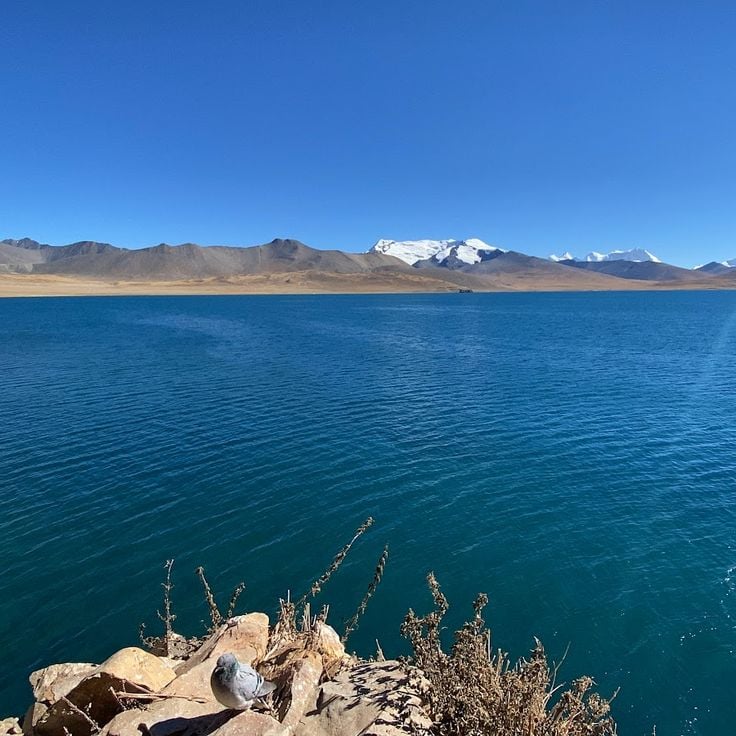
China
Tuiwa is a settlement in the Tibet Autonomous Region located at an elevation exceeding 5,000 meters. This remote locality ranks among the highest permanently inhabited places on Earth. The population has adapted over generations to the extreme conditions of high altitude, where oxygen levels in the air are significantly reduced and temperatures remain very low throughout the year.
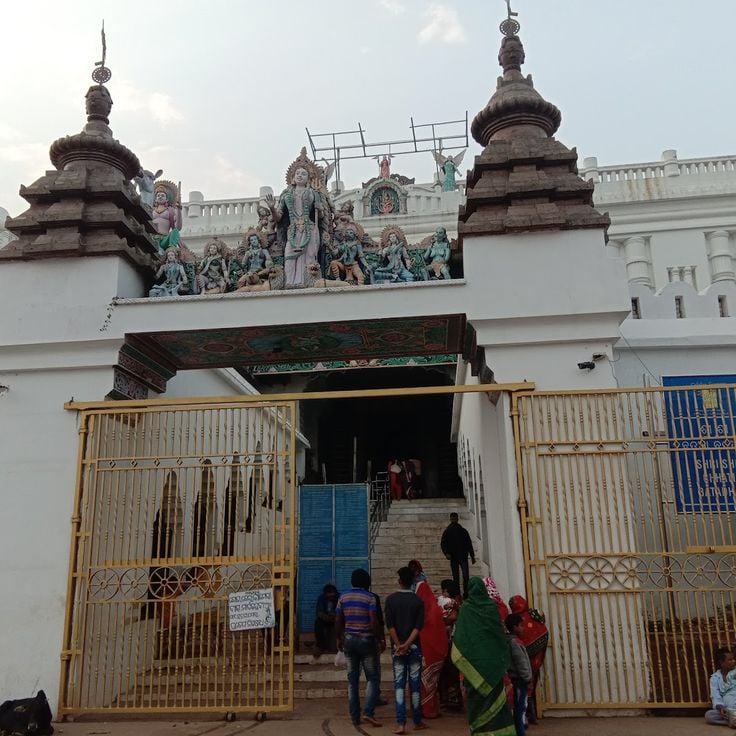
Tibet, China
Amdo is a town on the Tibetan Plateau at an elevation exceeding 4,800 meters. The town serves as an important administrative center in this remote region of Tibet and lies along the highway connecting Lhasa to the northern provinces. The population has adapted to the extreme climatic conditions and thin air. Amdo functions as a supply point for travelers and nomads crossing this high-altitude region.
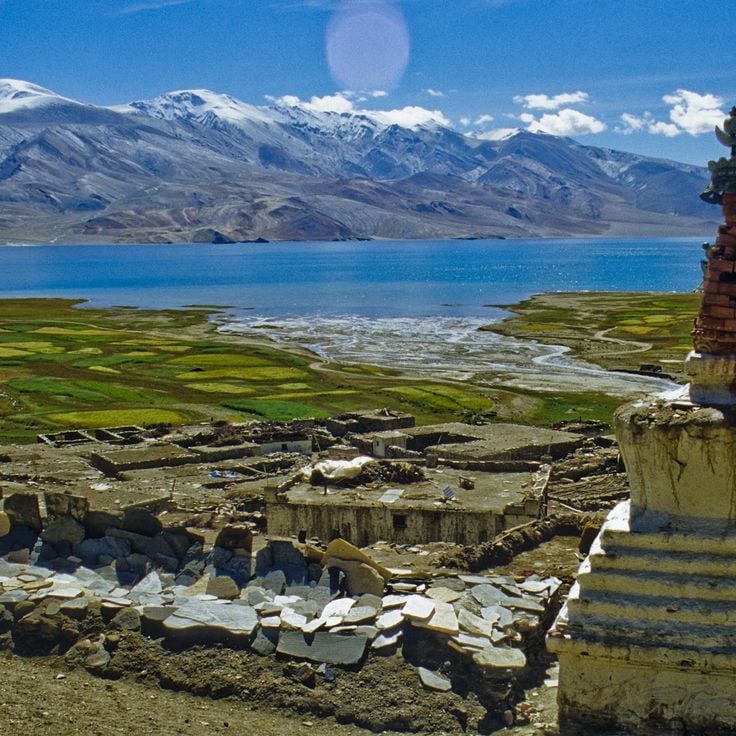
Ladakh, India
Karzok is a village on the shores of Tso Moriri Lake at an altitude of 4,600 meters. The inhabitants live from livestock farming, mainly yaks and goats adapted to extreme conditions. The village has a Buddhist monastery that serves as the spiritual center of the region. Houses are built from stone and mud to withstand cold temperatures. The population practices seasonal migrations with their herds to grazing areas around the lake.
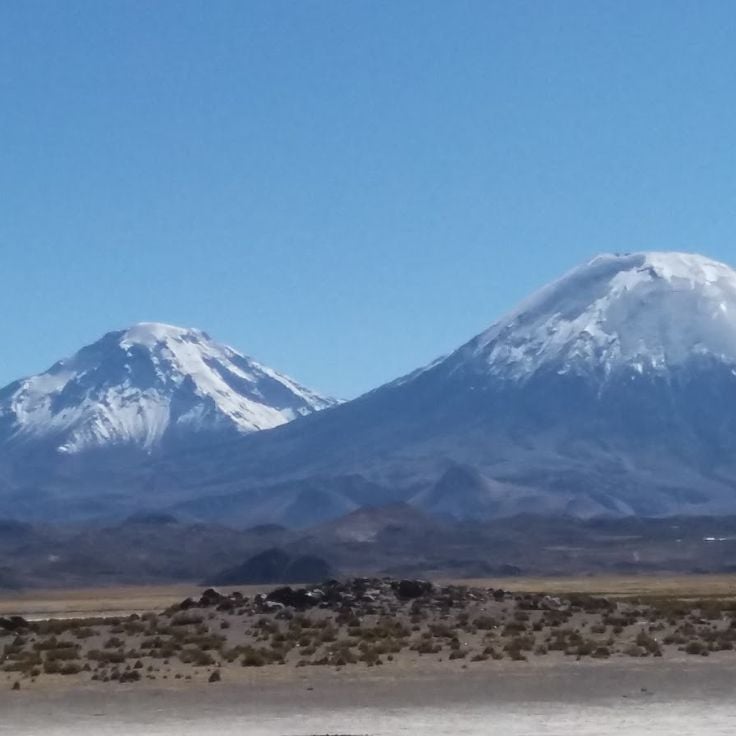
Chile
Parinacota is a small village in the Chilean region of Arica and Parinacota, located at an altitude of over 4,400 meters. The village sits in the Altiplano near the Bolivian border and has only a few permanent residents. The settlement is centered around a 17th-century church with white adobe walls and a thatched roof. The inhabitants primarily rely on livestock farming, particularly llamas and alpacas, which are adapted to the extreme altitude conditions.
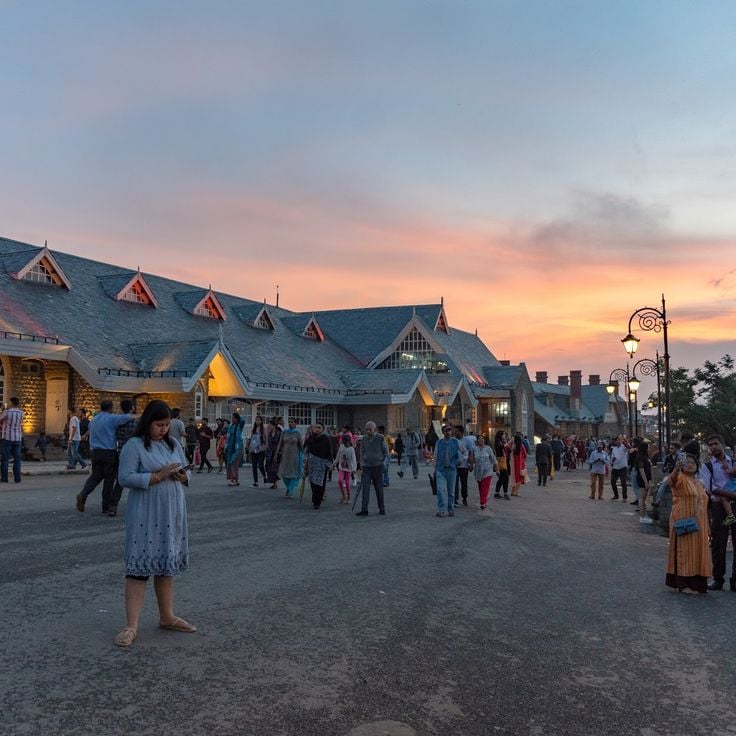
Ladakh, India
Kushol is a mountain village in the Ladakh region, located at an elevation exceeding 3,000 meters. The residents of this remote settlement have adapted to extreme climatic conditions and sustain themselves primarily through agriculture and livestock herding. The houses are traditionally constructed from stone and mud to provide protection against harsh winters. The village is surrounded by snow-capped peaks and sits in a barren valley. The population predominantly follows Tibetan Buddhism, evidenced by prayer flags and small shrines throughout the settlement.

Himachal Pradesh, India
Komic is a settlement in the Spiti Valley region, located at an elevation of 4,587 meters. The village sits in a high-altitude desert landscape, where residents cultivate barley and peas and raise yaks and sheep. The houses are constructed from stone and mud, with thick walls providing insulation against extreme temperatures. A Buddhist monastery dating from the 14th century stands above the village. The inhabitants practice Tibetan Buddhism and have adapted their traditional ways of life to the thin air and harsh climate. The access road is passable only during the summer months.
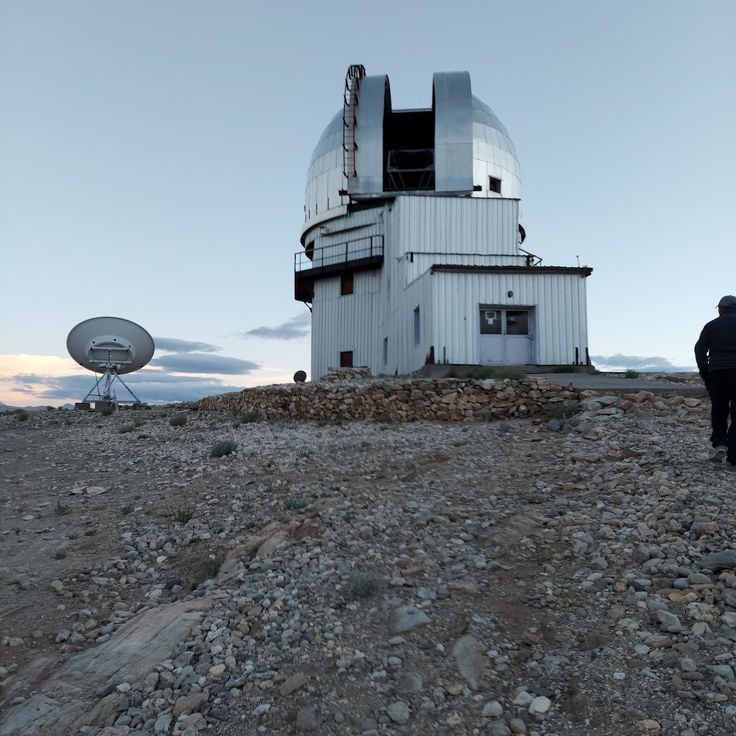
Ladakh, India
The village of Hanle is located in eastern Ladakh at approximately 4,500 meters elevation in the Hanle River valley. This remote settlement houses the Indian Astronomical Observatory, one of the world's highest optical telescopes. The extreme altitude and dry, clear atmosphere make Hanle a favorable location for astronomical observations. Residents have adapted to harsh climatic conditions and thin air at this elevation. The village serves as a base for research facilities and attracts scientists as well as travelers exploring the Himalayan mountain regions.

Tibet, China
Nagqu is a city located on the Tibetan Plateau at approximately 4,500 meters above sea level. The city serves as the administrative center of Nagqu Prefecture in the Tibet Autonomous Region. Nagqu sits in an expansive grassland area inhabited by nomadic herders. The residents have adapted to extreme climatic conditions, with harsh winters and brief summers. The city functions as a hub for trade and administration in this remote high-altitude region.
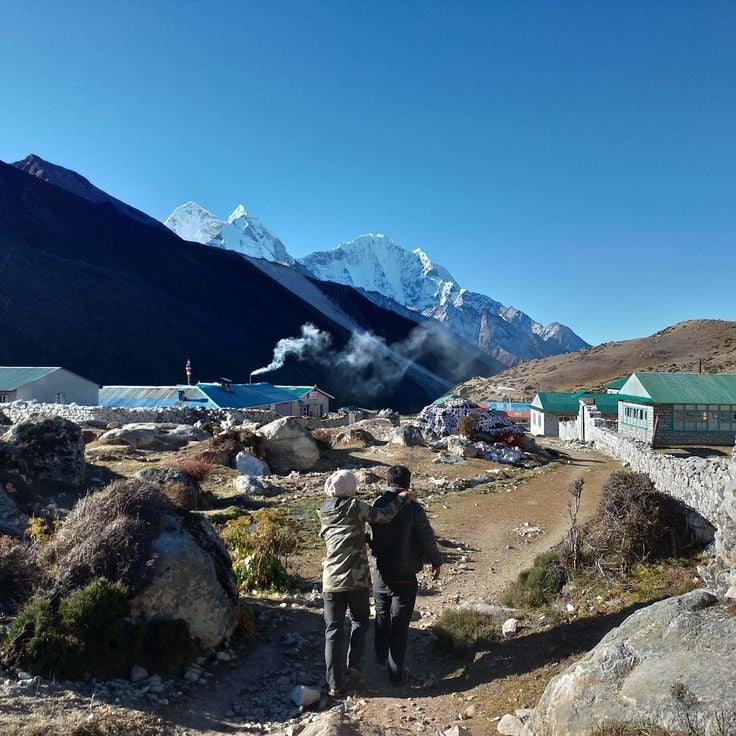
Nepal
Dingboche is a mountain village in the Khumbu region located at an altitude of 4,410 meters. The village serves as an acclimatization point for trekkers heading to Everest Base Camp. The settlement consists of traditional stone houses and provides accommodation and basic supplies for mountaineers. From Dingboche, there are direct views of several peaks over 6,000 meters, including Ama Dablam and Lhotse. The residents live primarily from agriculture and tourism, cultivating potatoes and barley on terraced fields.
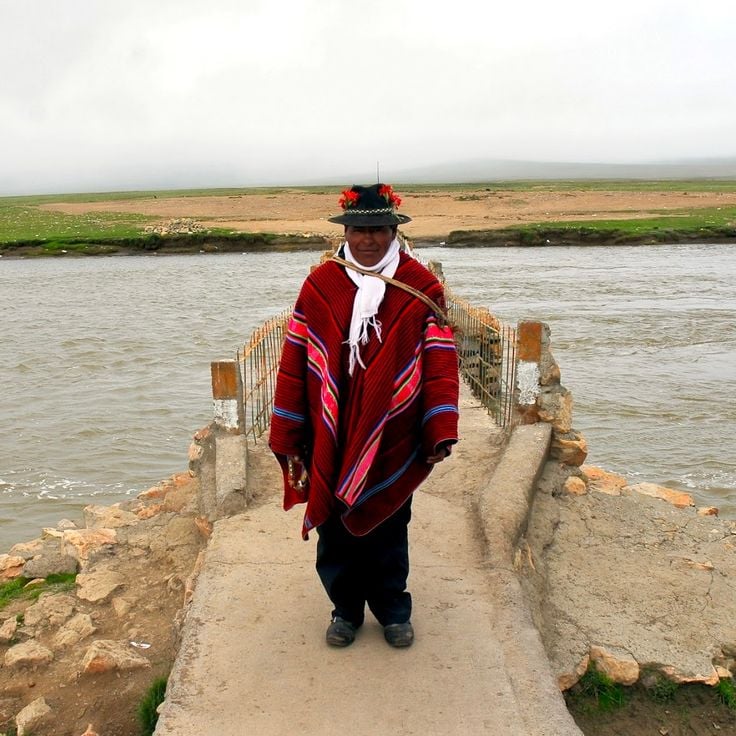
Puno, Peru
Cojata is a district in the Peruvian region of Puno, located at an altitude exceeding 4,350 meters. This community sits in the Andean highlands and belongs to the Huancané Province. The residents of Cojata have adapted to extreme climatic conditions and primarily sustain themselves through livestock farming, particularly raising alpacas and llamas. The district is characterized by its position on the high plateau, where vegetation is sparse and temperatures fluctuate considerably.
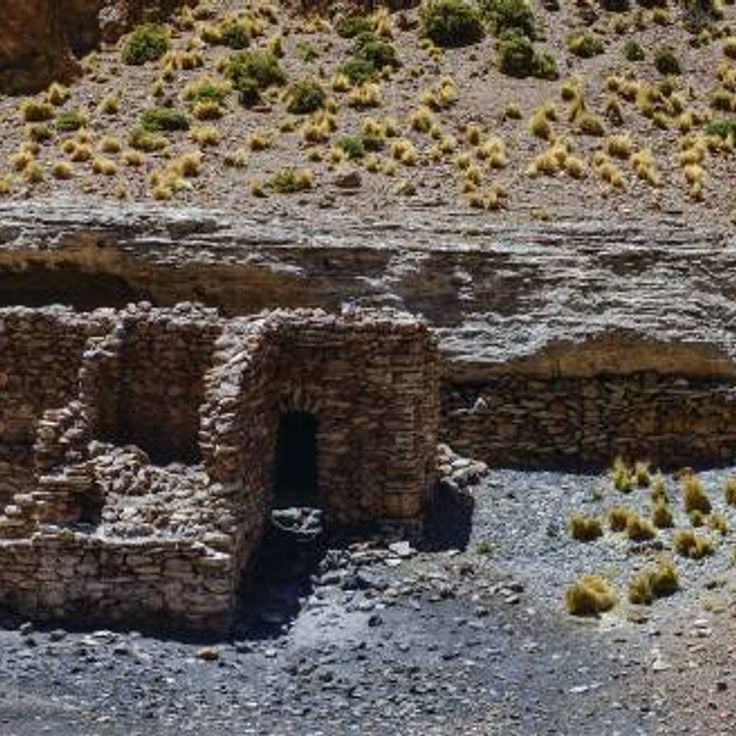
Argentina
Pairique Chico is a settlement in the Argentine Andean region located at over 3,000 meters altitude. This locality sits in a stark mountain landscape where residents have adapted to extreme climatic conditions. The community consists of scattered houses and traditional structures built for high-altitude living. The local population primarily practices livestock farming and small-scale agriculture adapted to the harsh environmental conditions of the high Andes.
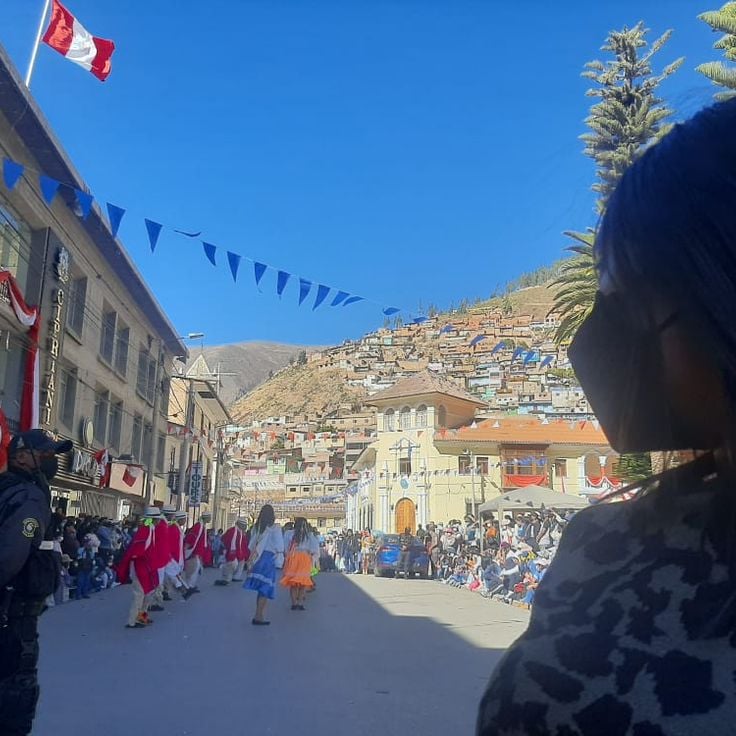
Peru
Cerro de Pasco stands at 4,338 meters elevation in the central Peruvian Andes, making it one of the highest cities in the world. The city developed from the 17th century onward through mining operations extracting silver, copper, lead and zinc. The extreme altitude requires specific adaptations from residents who live with reduced oxygen levels, low temperatures and intense solar radiation. Mining activities shaped urban development and created an economy closely tied to resource extraction.